You might have already read our first drive verdict on the BMW i8 and think you know what direction this test is set to take: the Porsche 911 walks it.
However, the i8 is one of the most advanced road cars ever: carbonfibre construction, plug-in hybrid driveline, myriad drive modes, the capability to run in either zero-emissions electric front-wheel drive or petrol-electric four-wheel drive, two gearboxes… the list goes on. It is the most sophisticated car ever to wear a BMW badge.
Next to it, the Porsche appears rather conventional. You wouldn’t call it old-fashioned, even if the 50th Anniversary Edition example driven here plays up its heritage with some throwback stylistic elements, but its mechanical package is nowhere near as contemporary as the i8’s. It is essentially a Carrera S with the wide body of the Carrera 4 and 20-inch wheels that evoke Porsche’s classic Fuchs rims.
At 4689mm long, 1942mm wide and 1293mm high, the i8 has the proportions of a mid-engined car, which it is – at least as far as its petrol engine is concerned. But it is the layered surfaces within the body and the flowing shapes that form the integral rear wing that set it apart. Its design goes further than pure visual appeal, though. It represents the advanced technology that has gone into both this new BMW and the more affordable all-electric i3.
The Porsche is 199mm shorter, 132mm narrower and 7mm taller than the BMW, but still has a pleasing appearance almost two years after this latest incarnation arrived.
The i8 features a lightweight carbonfibre-reinforced plastic body and is underpinned by a chassis made almost exclusively from aluminium. But unlike the boxy i3, the new i8 has a plug-in hybrid drivetrain consisting of both a conventional petrol engine and a pair of electric motors.
BMW says the i8 weighs 1485kg, which is impressive given that there’s 200kg of lithium ion batteries running down the centre of the cabin. The aluminium-bodied Porsche tips the scales at 1430kg in PDK form.
Getting into the i8 isn’t easy. It requires a good deal of gymnastic dexterity to fold yourself between the lower edge of the scissor door and the substantial slab of carbonfibre sill. The 911, on the other hand, is a cinch to enter. Its conventional doors, relatively narrow sill and generous door openings are part of its enduring everyday appeal.
Swing your legs down into the i8’s footwell and you’ll find an interior that’s every bit as new world as the exterior, with deeply dished seats, a futuristic dashboard and a heavily sculptured fascia. And the Porsche? Its cabin lacks the sheer modernity of the i8, but there is nevertheless a satisfying completeness to it despite myriad buttons and switches.


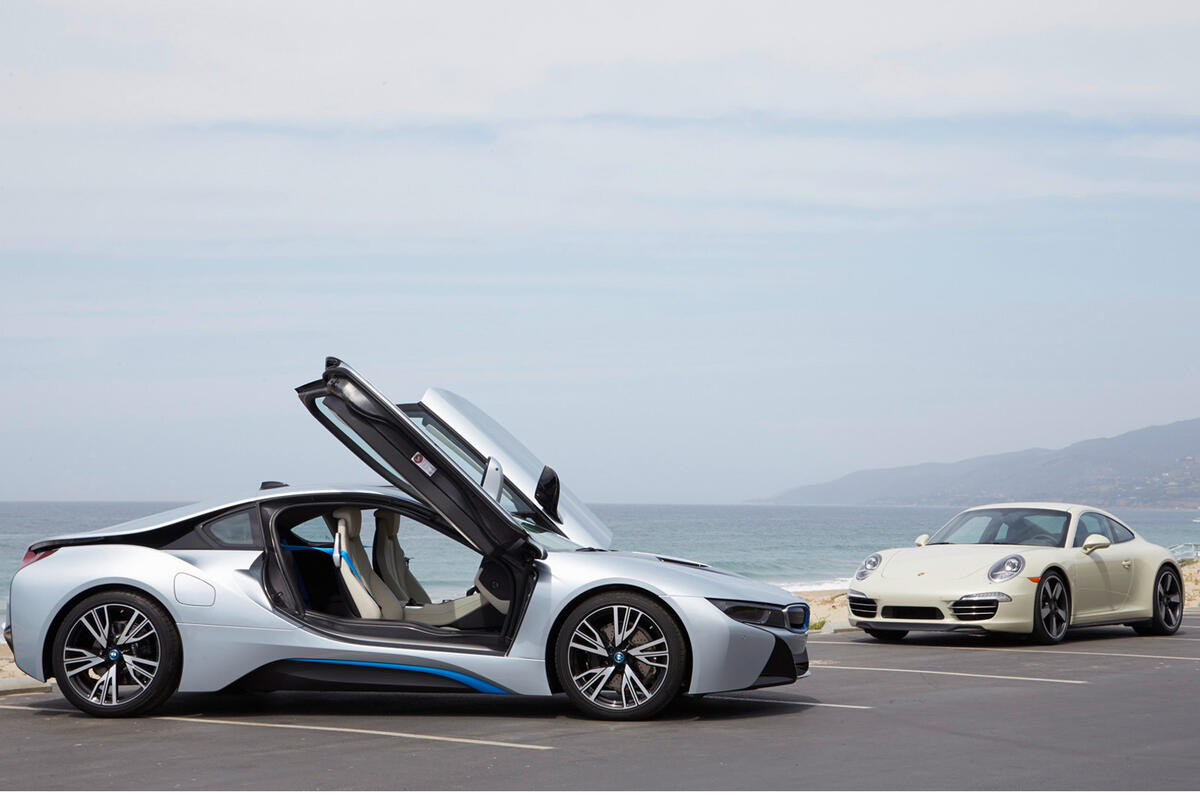
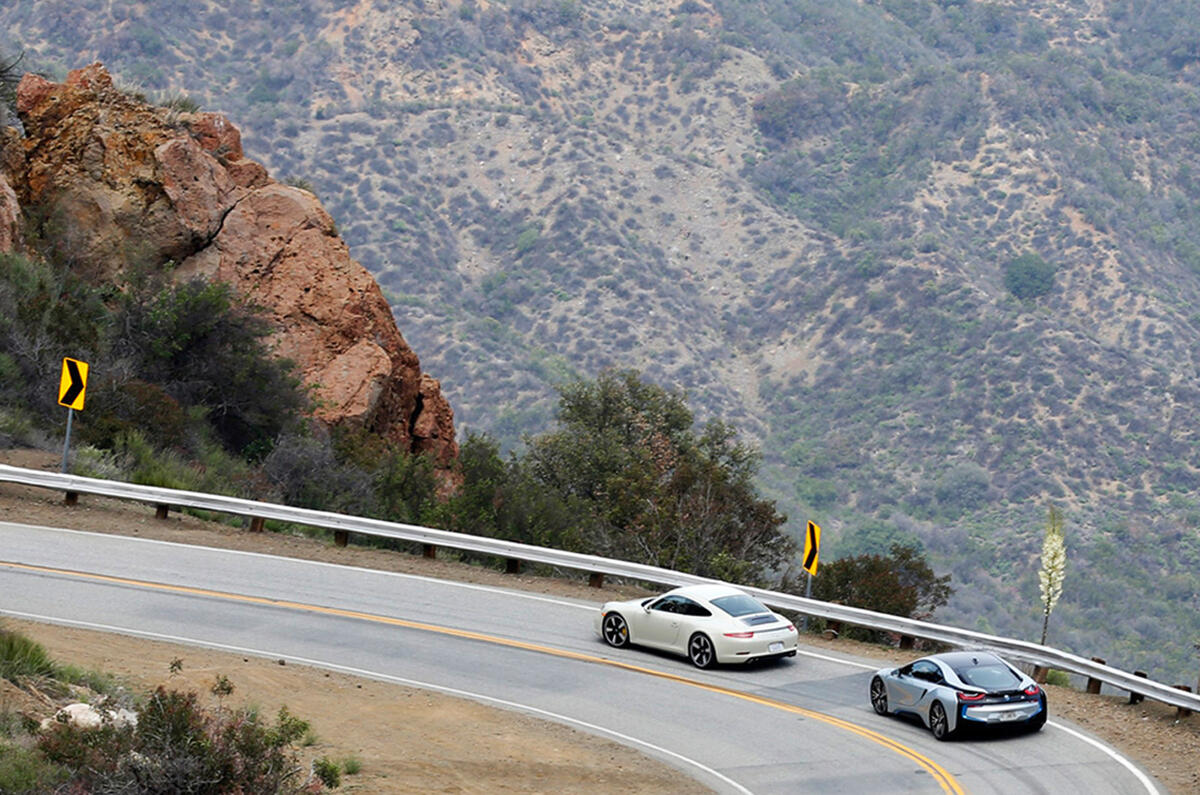
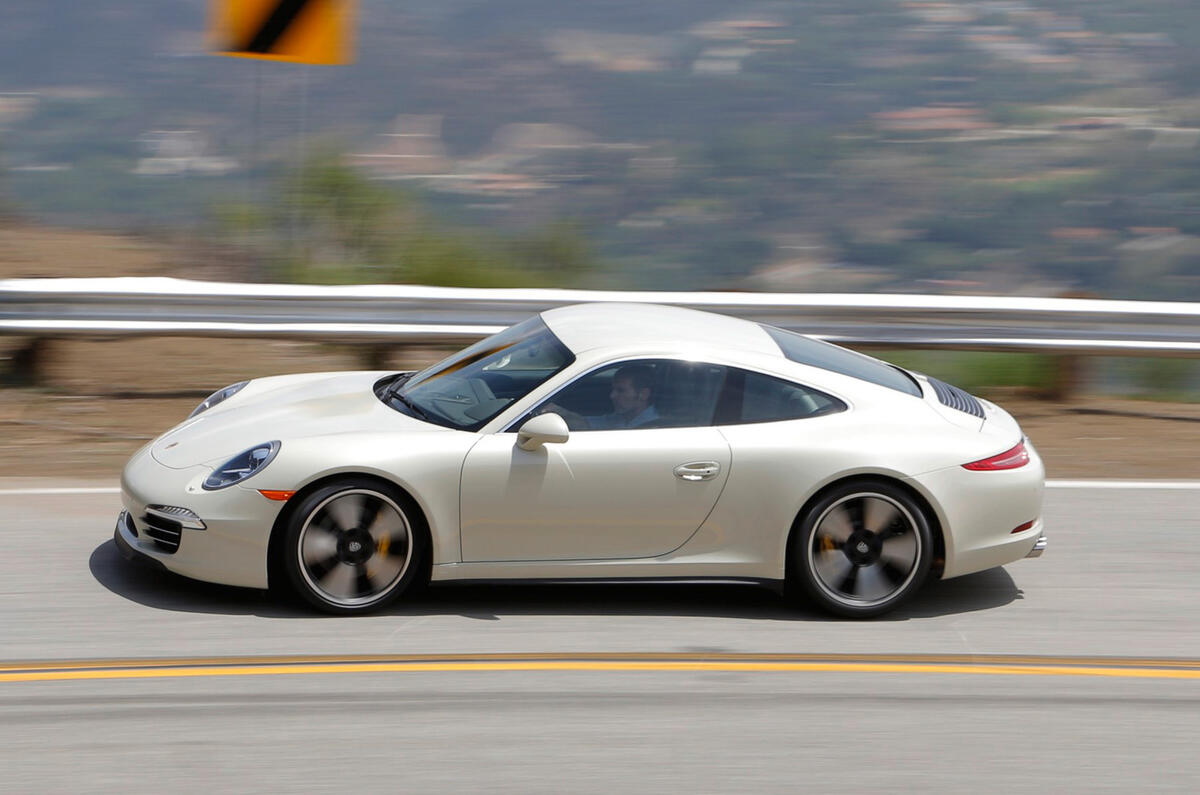
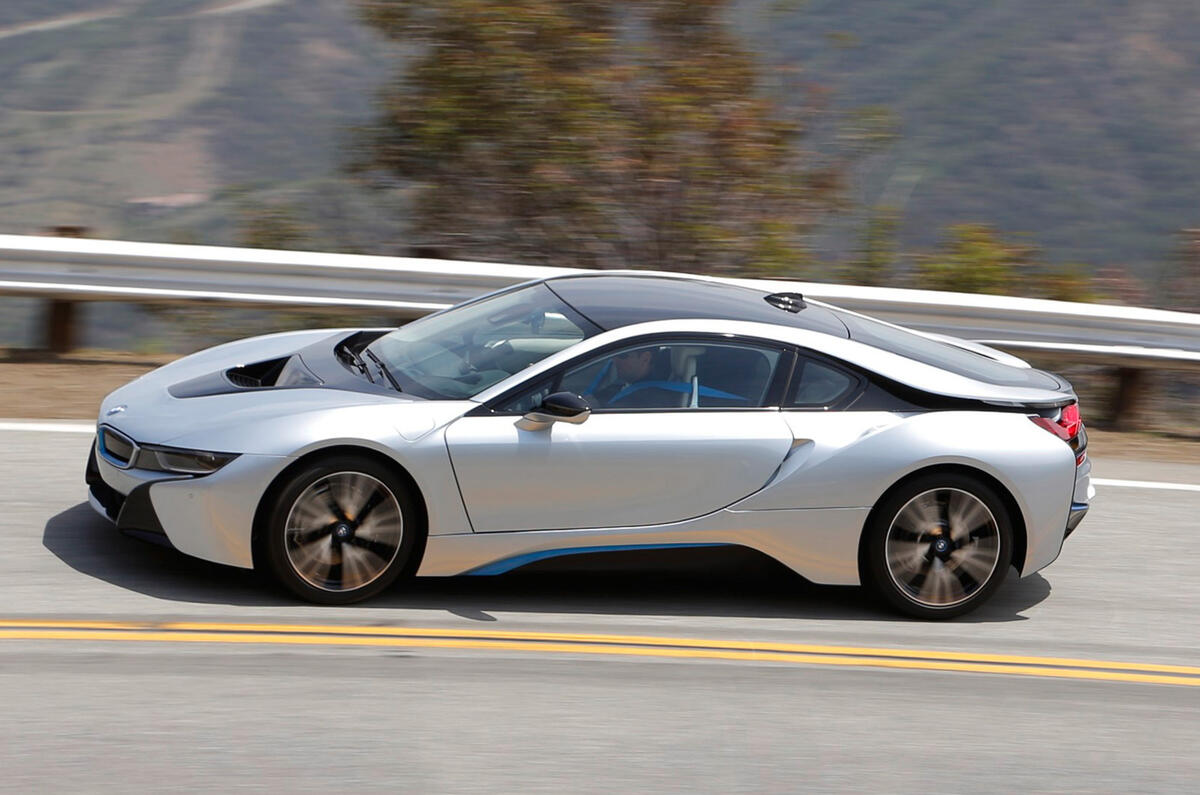
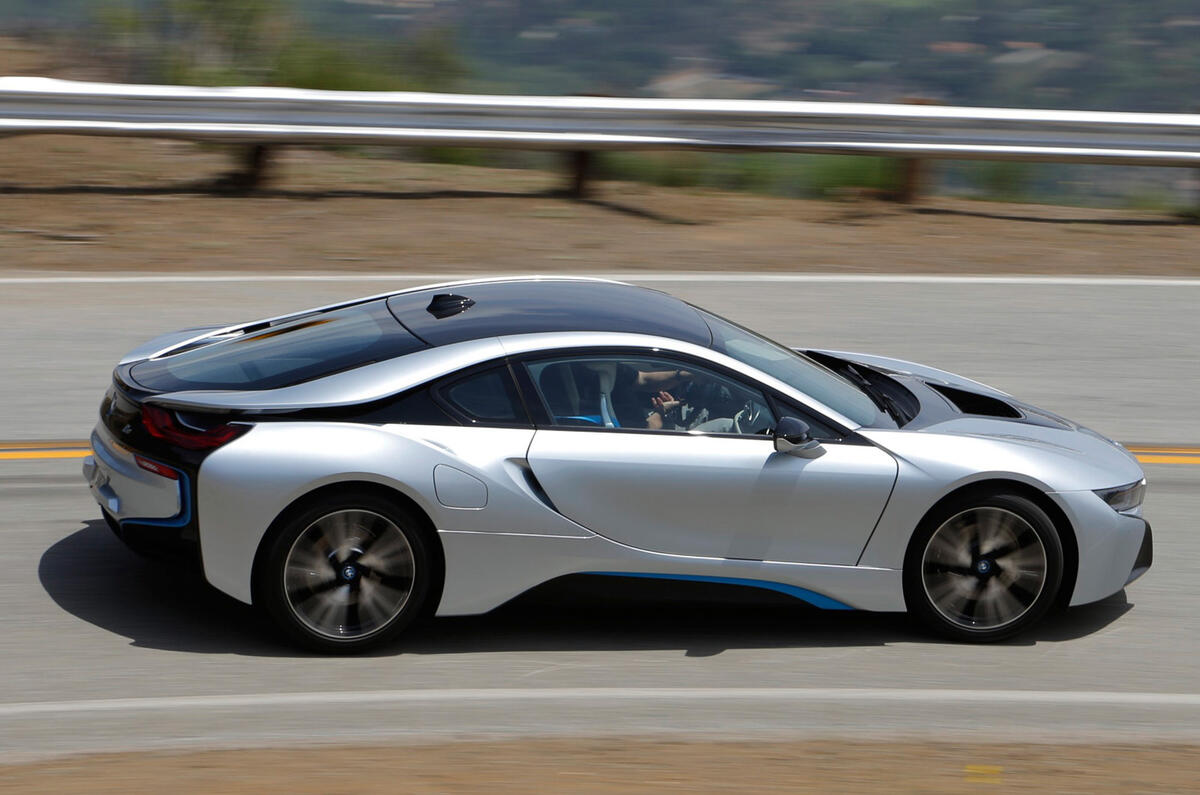
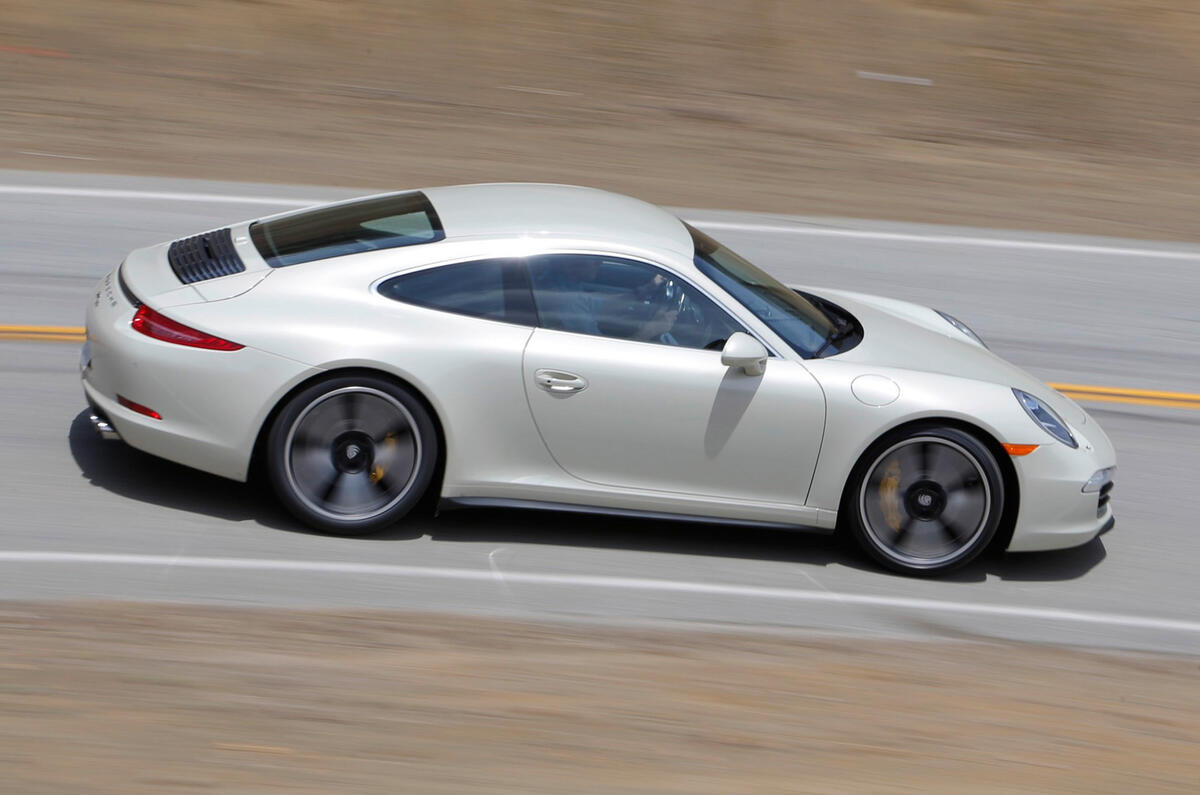

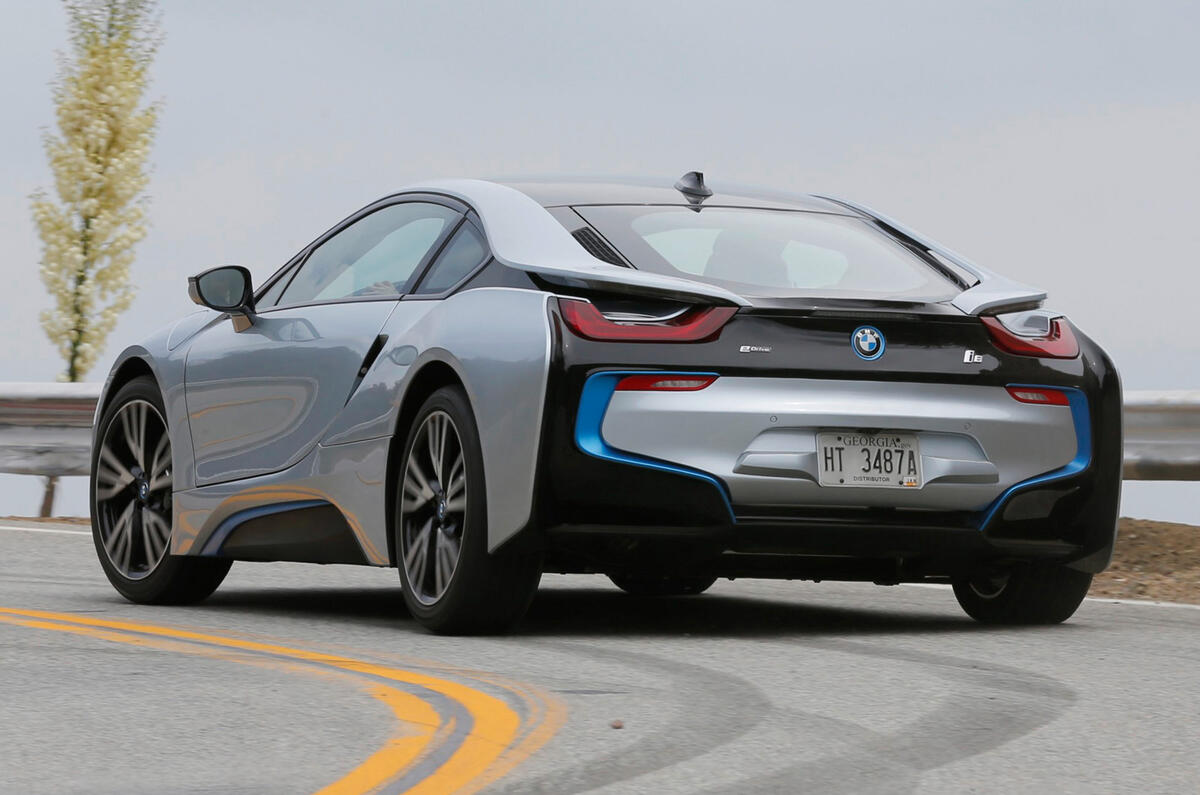

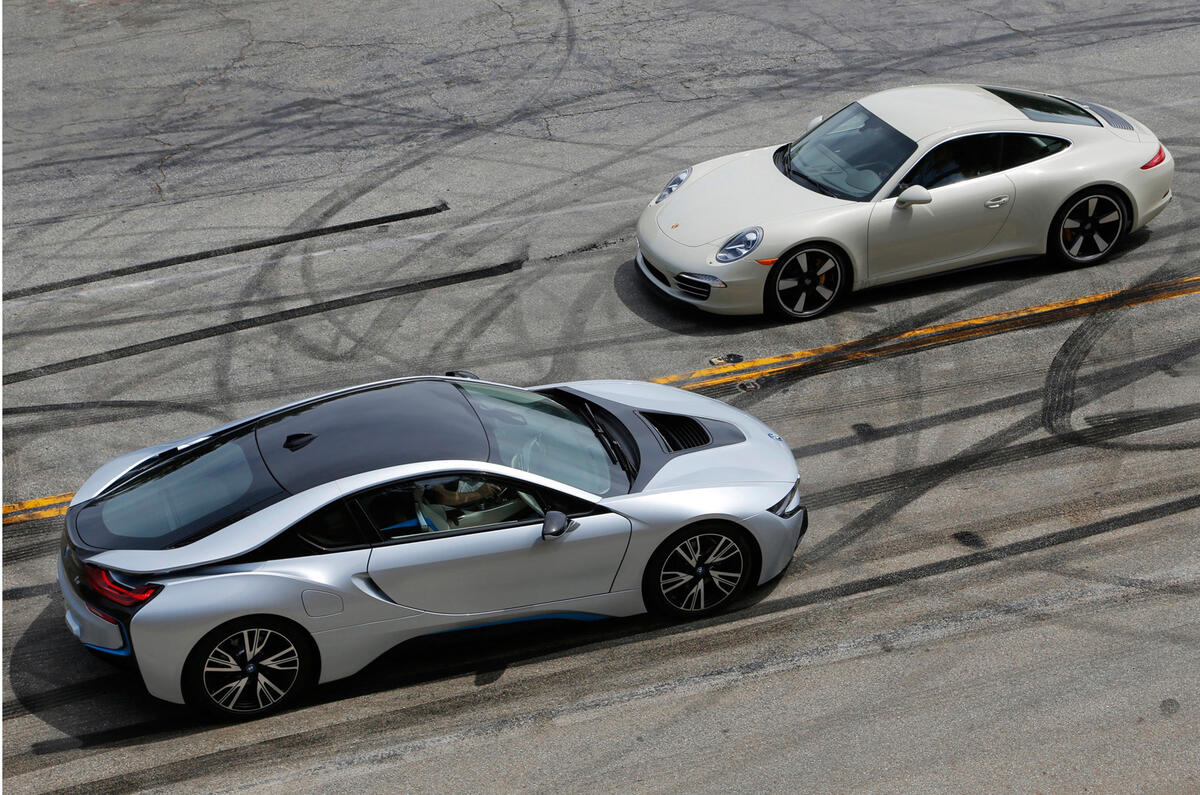
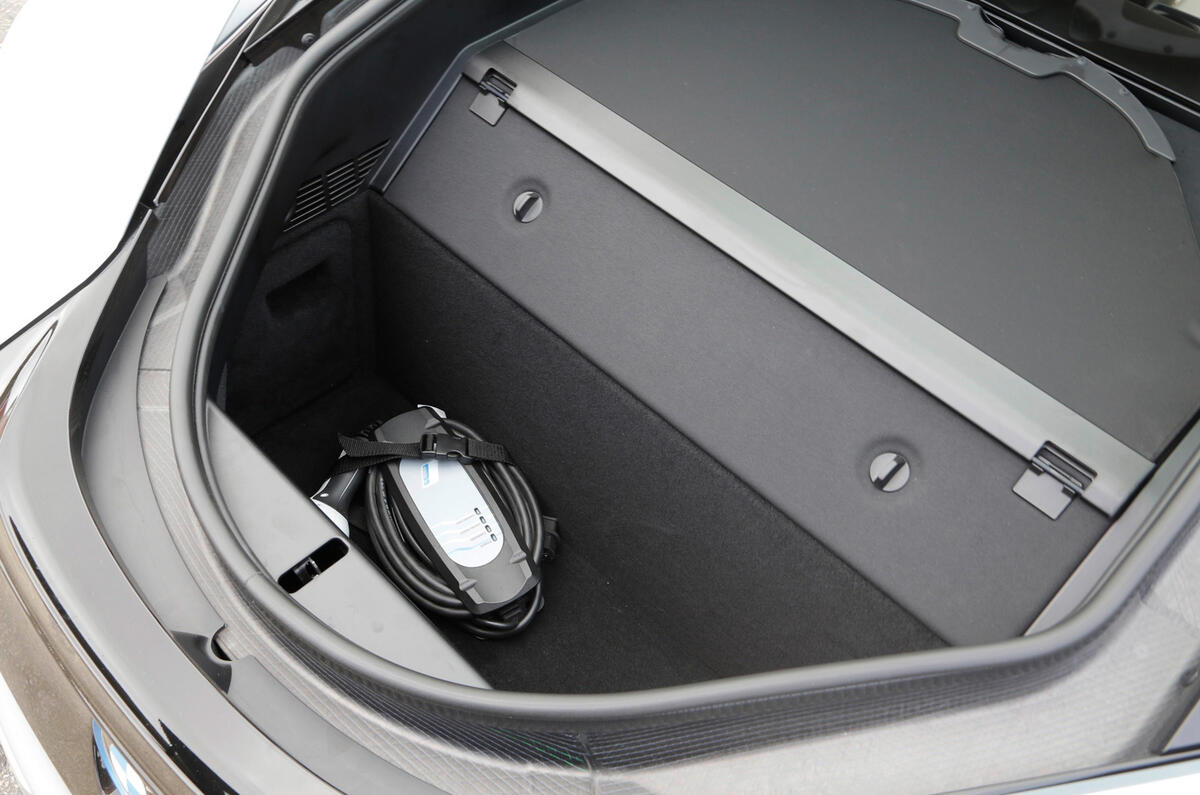
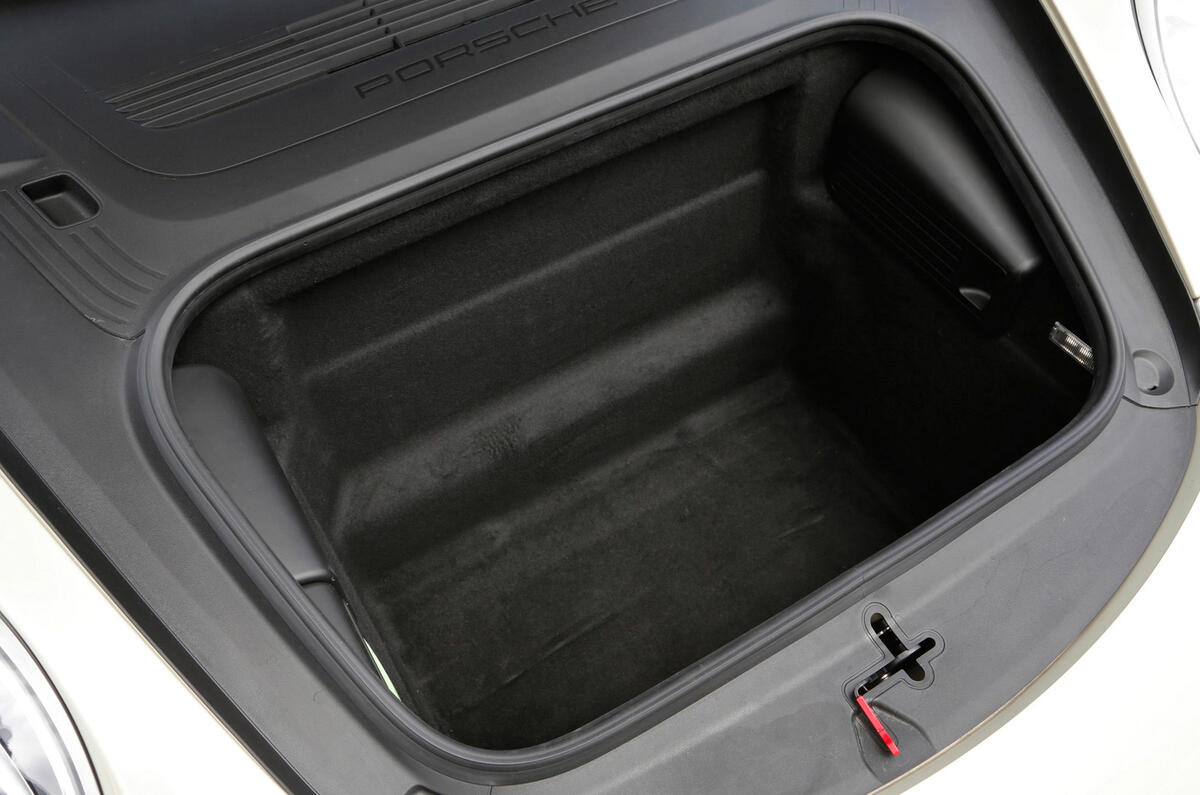

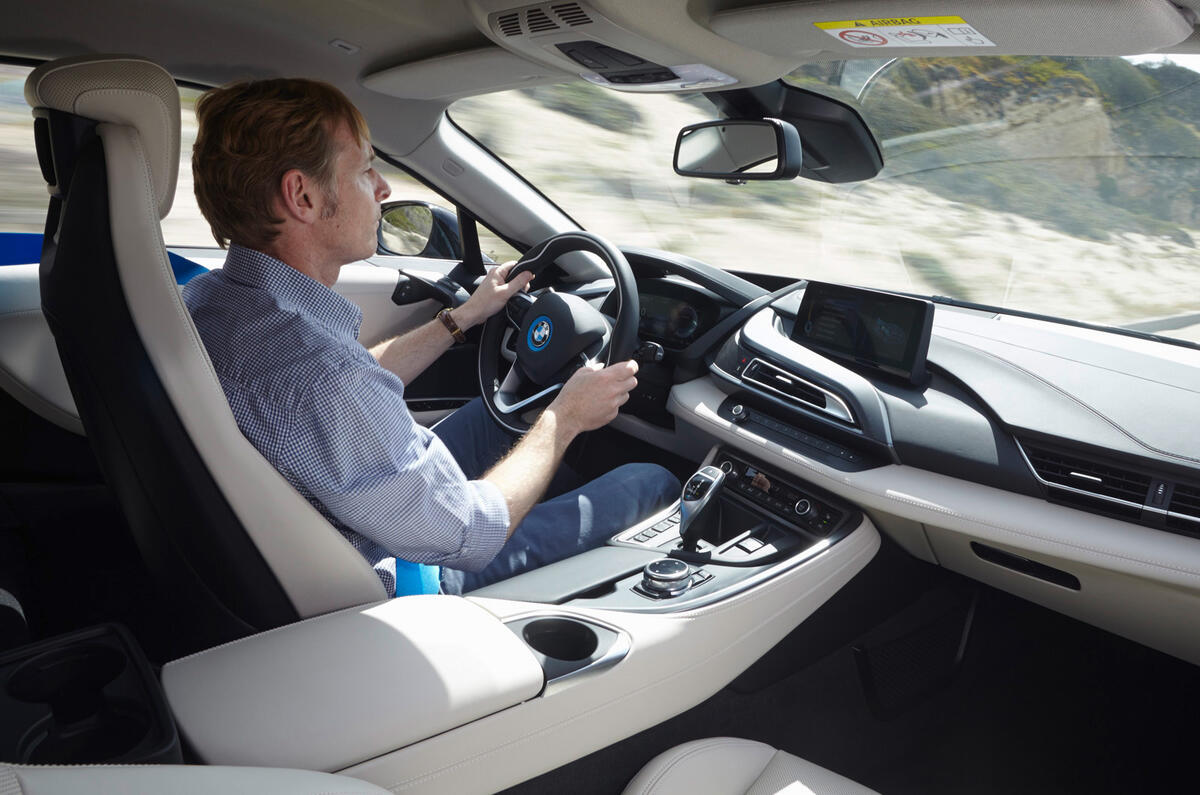
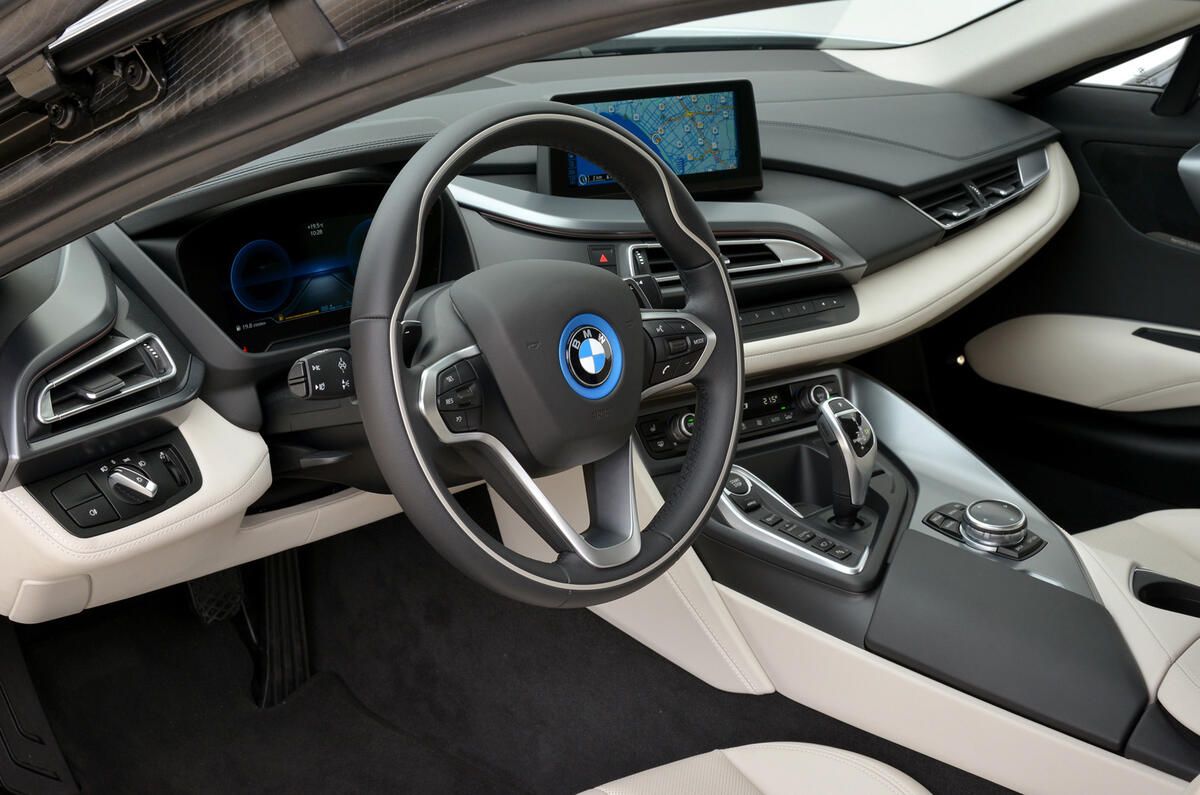
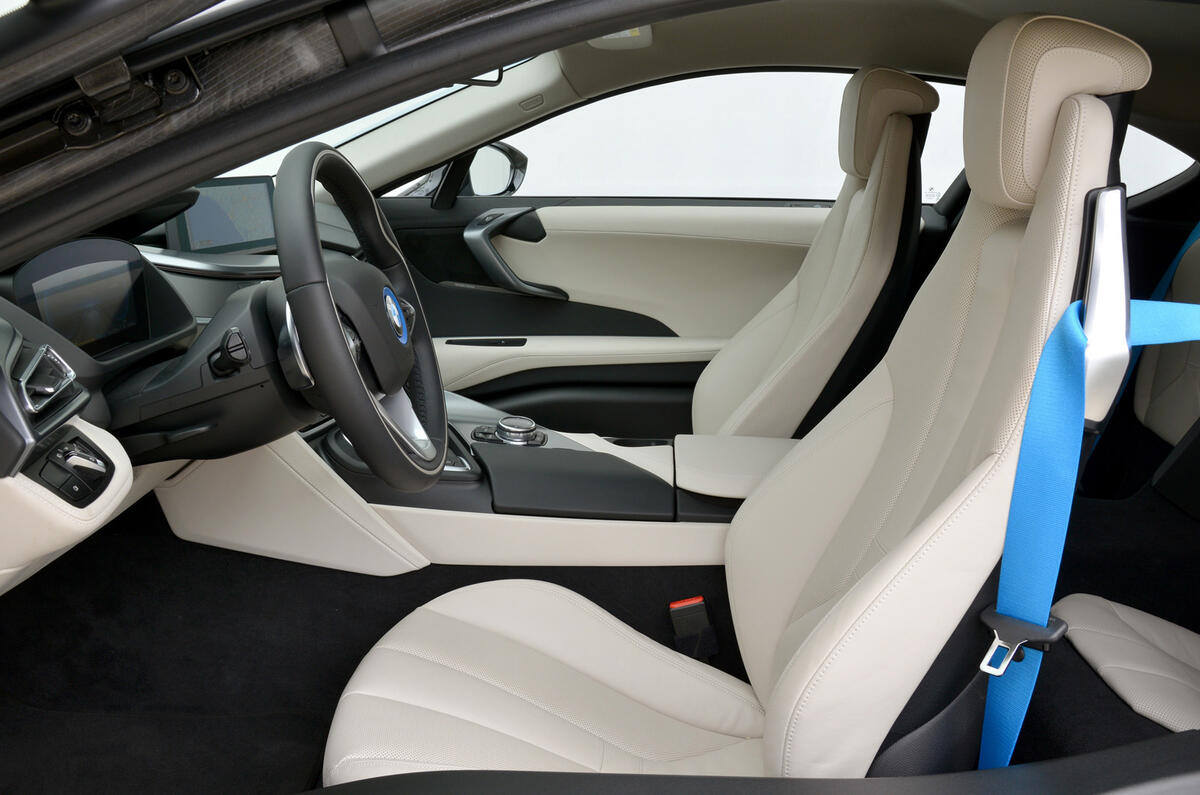
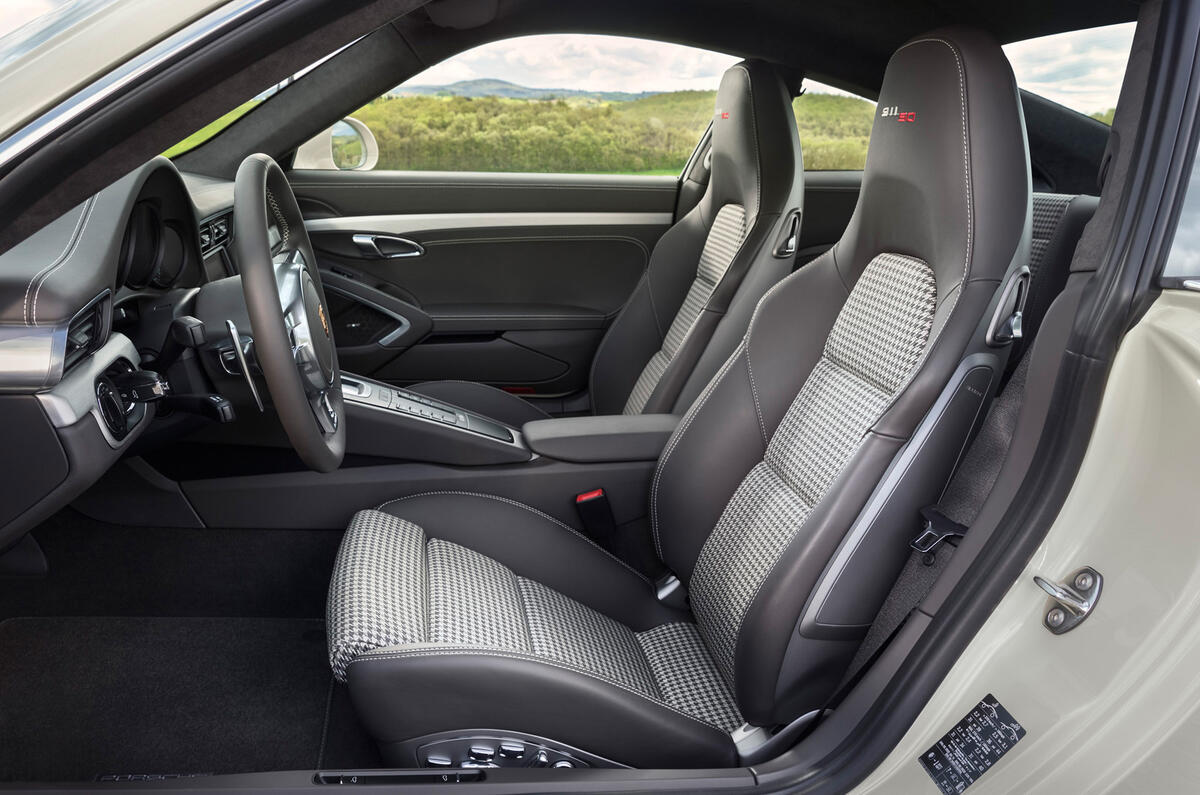

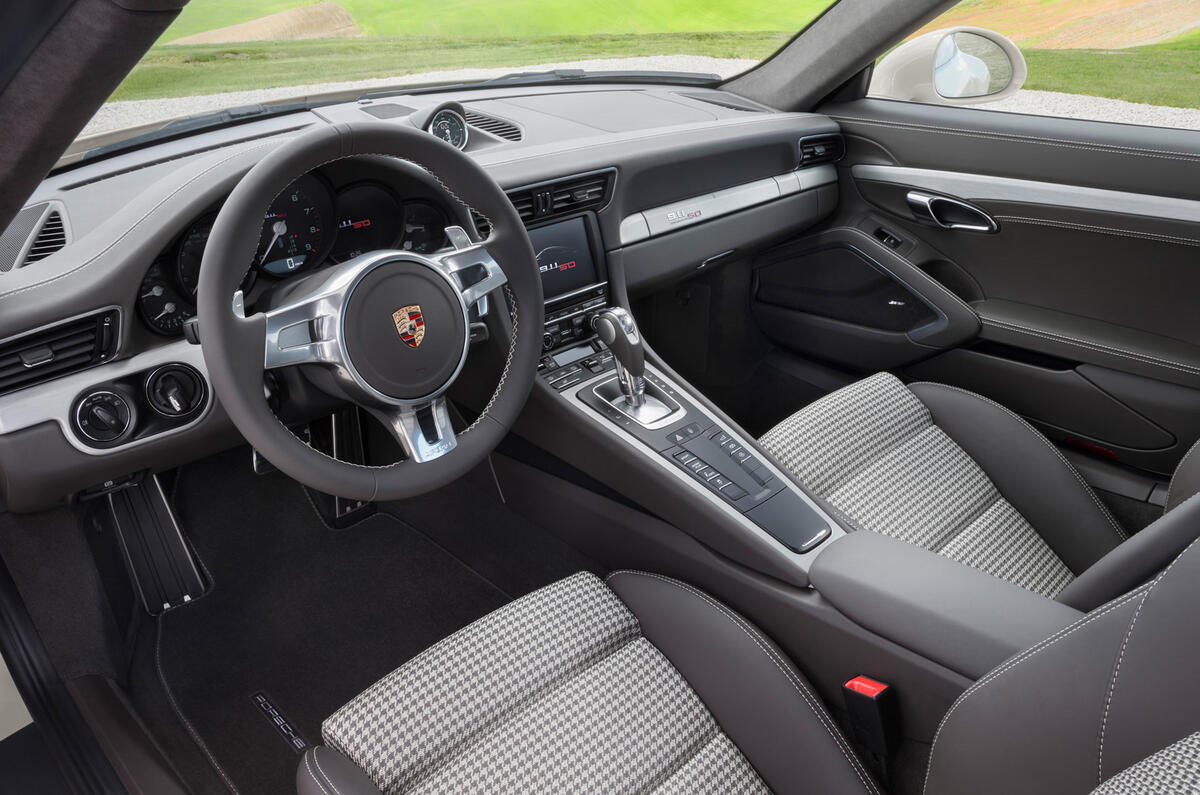
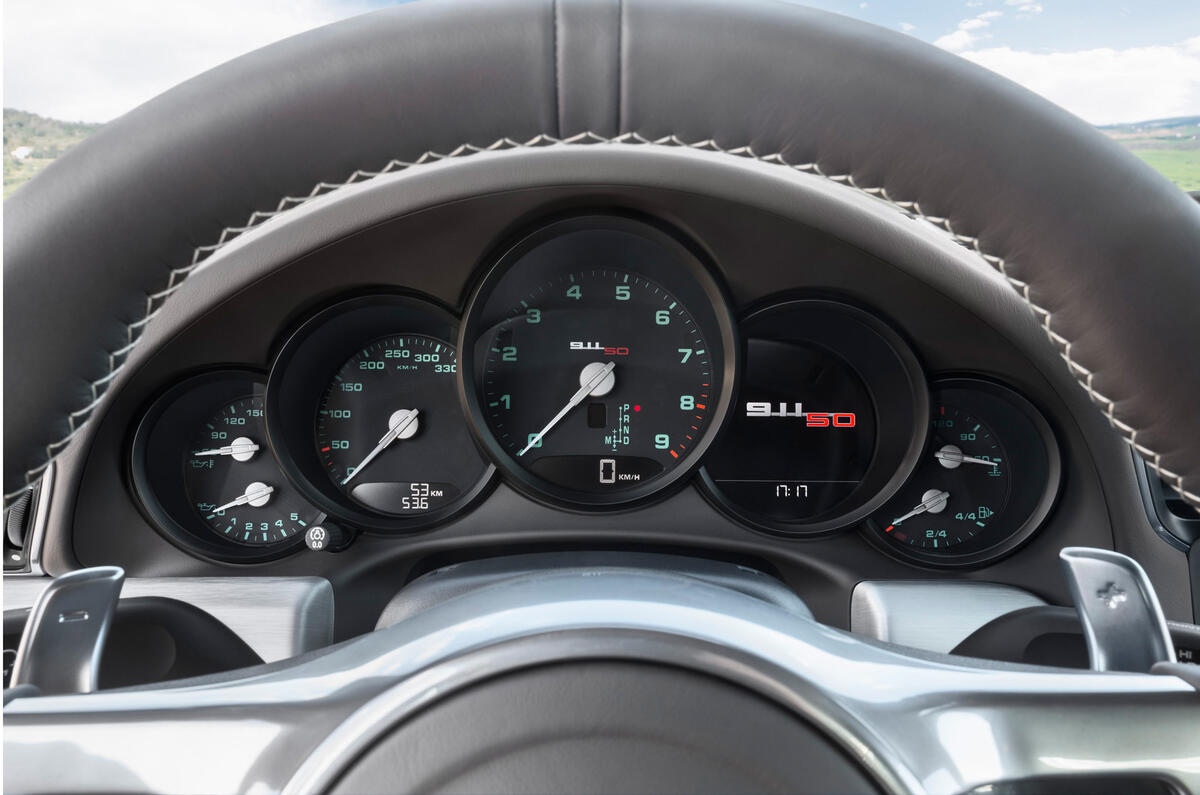
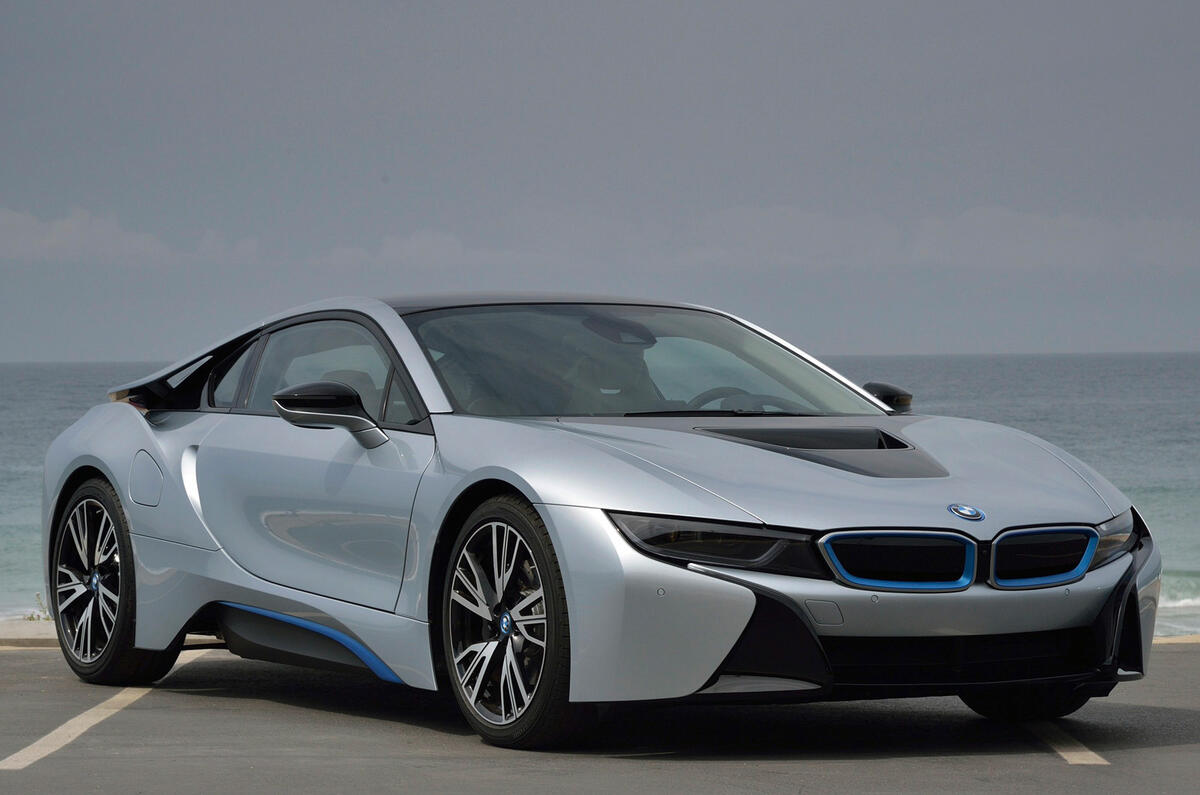
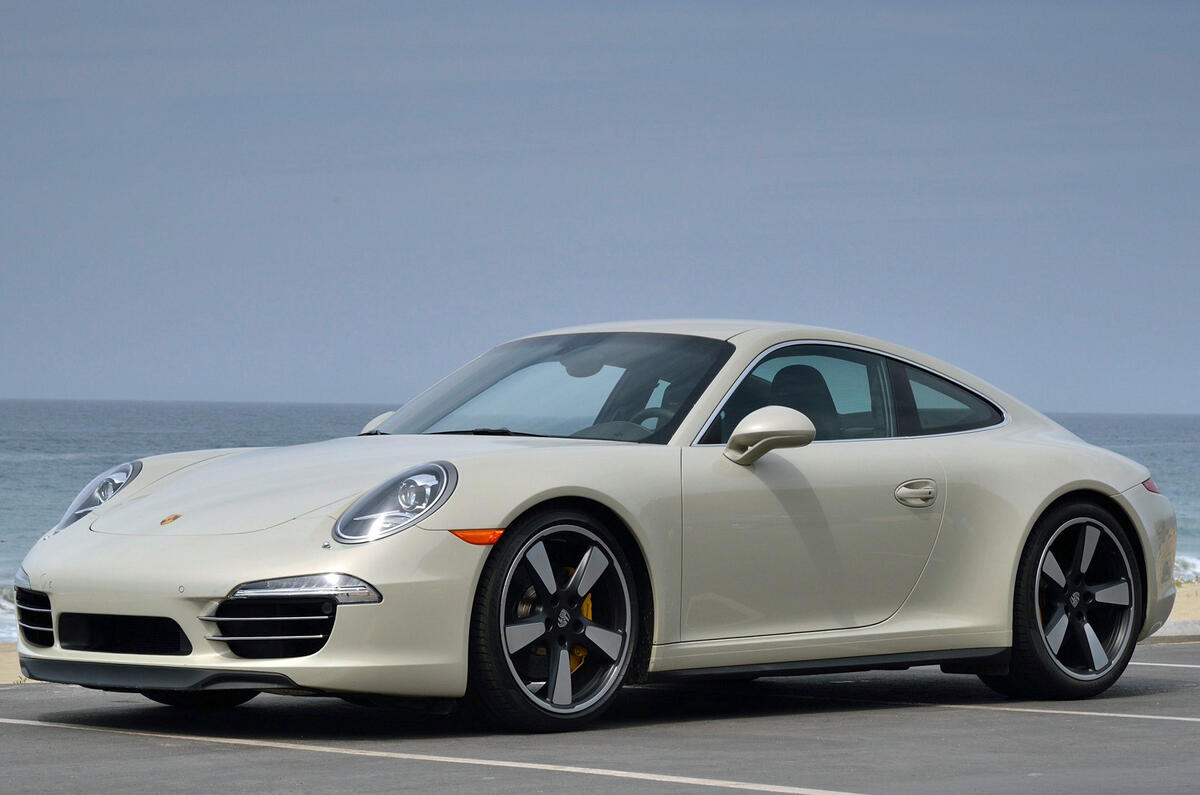
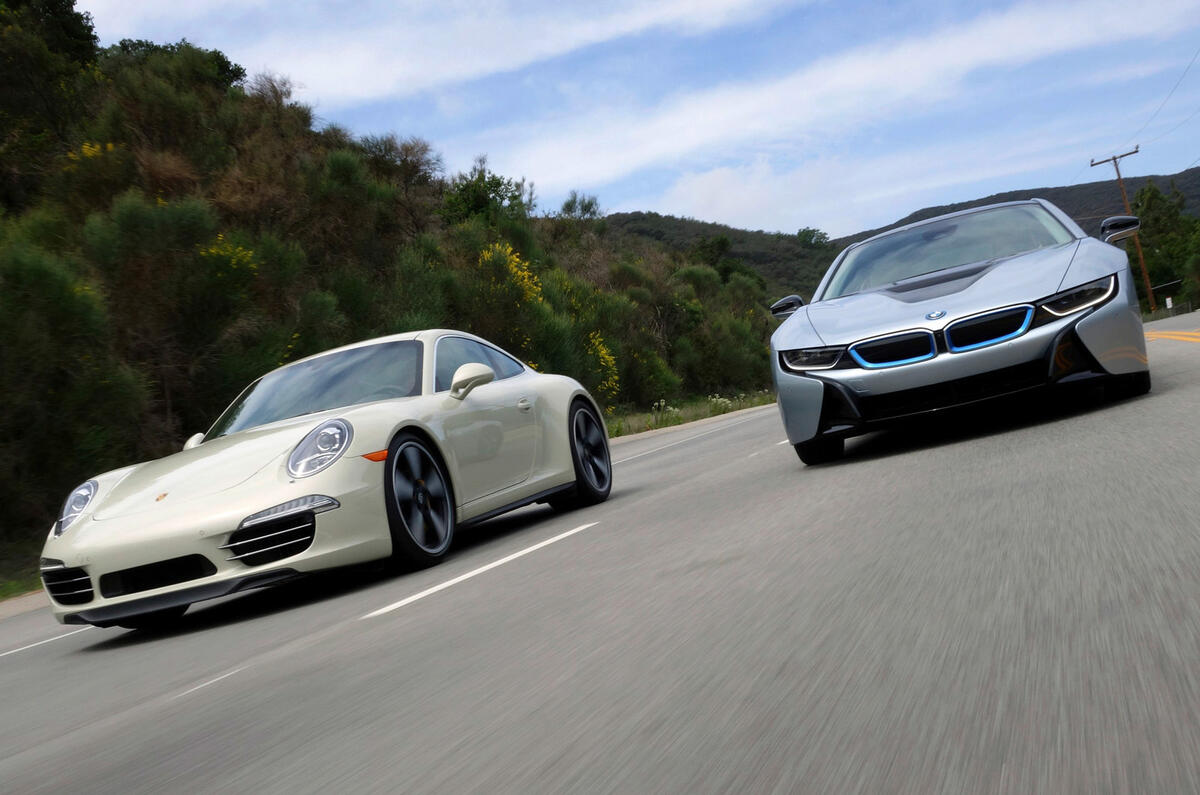



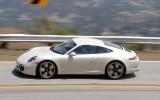
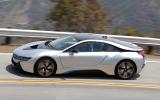
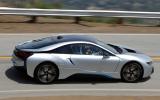
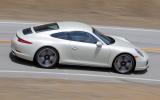
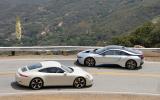
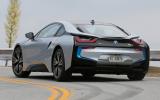

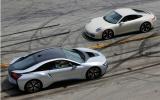
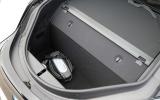

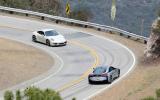
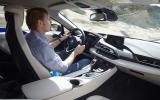
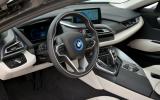


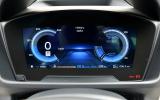

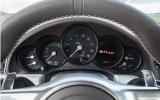
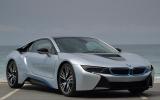
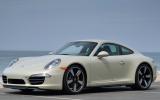
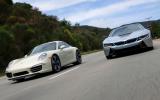



Join the debate
Add your comment
One word answer
Back In the Real World
Thank God that i8 exists
Good Luck BMW!